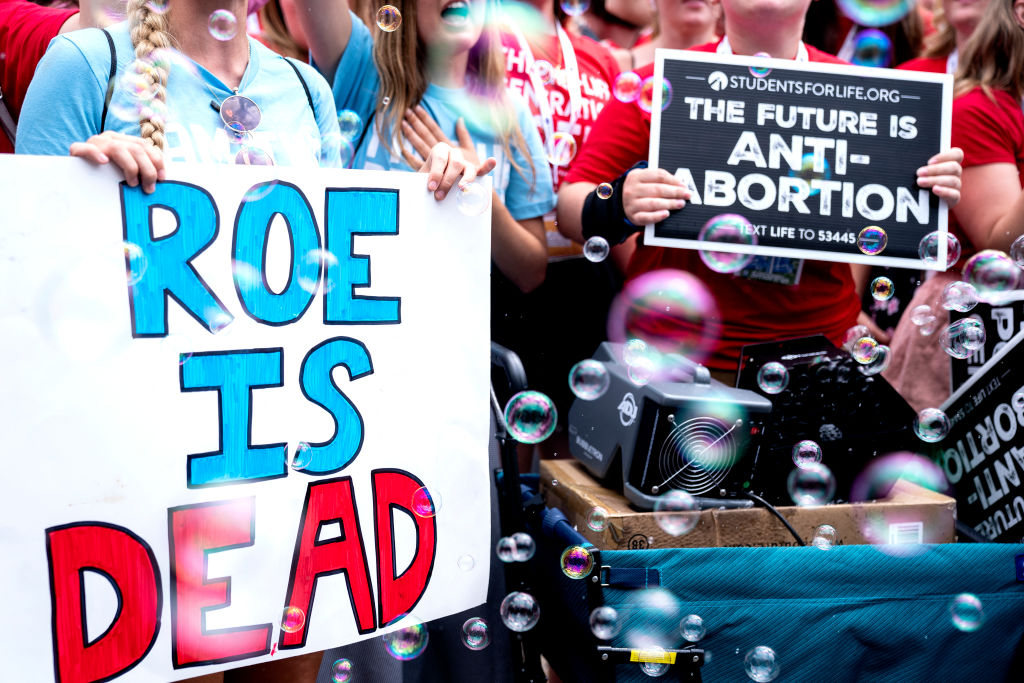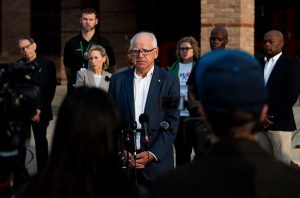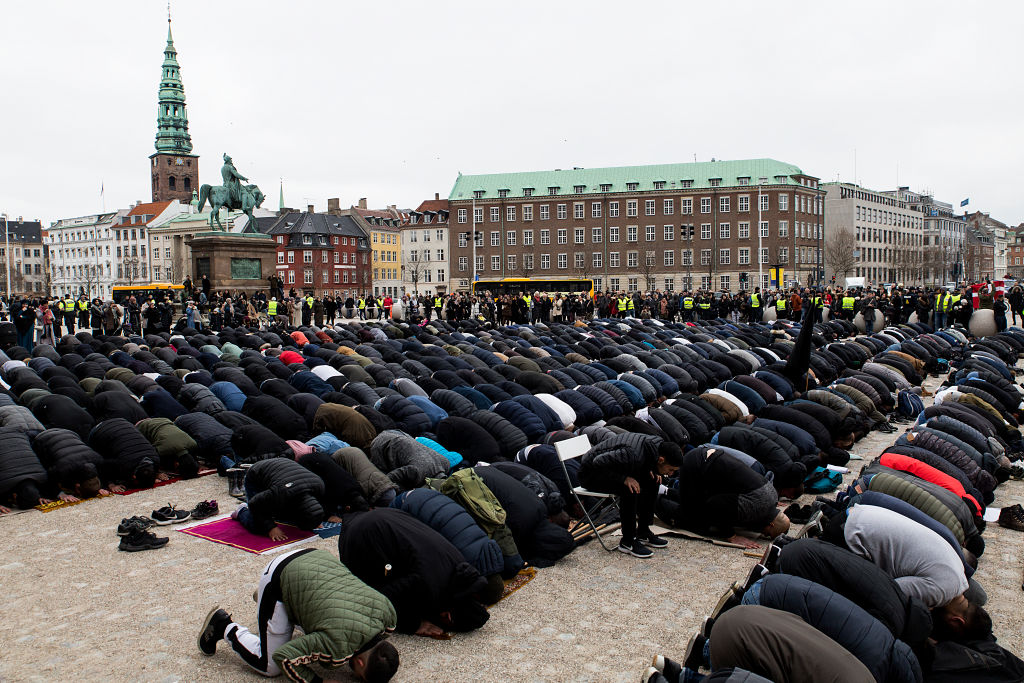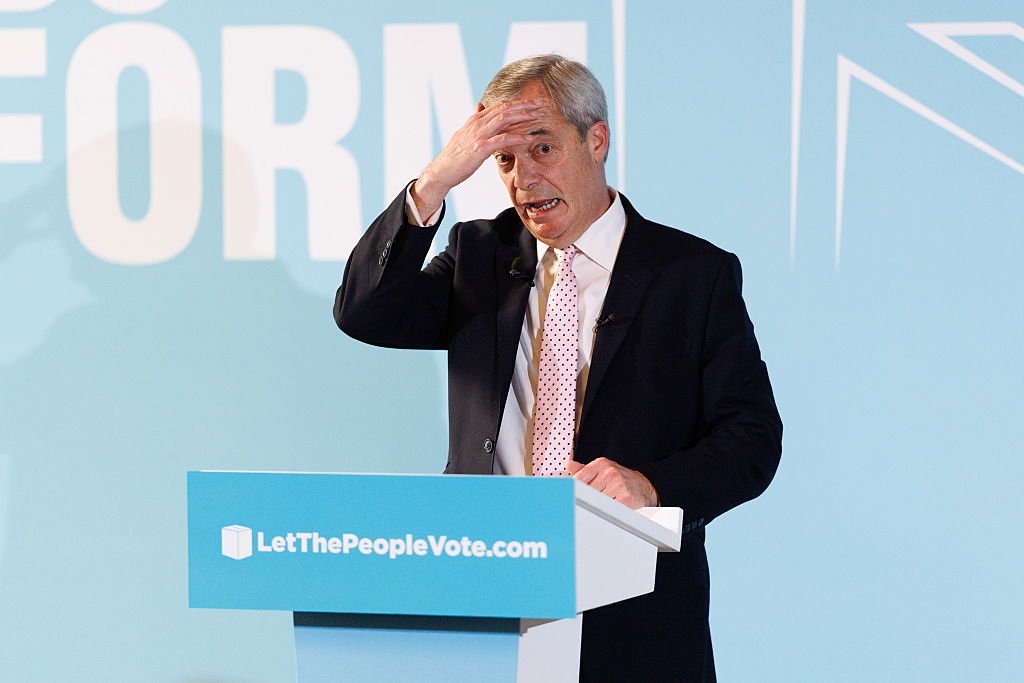The pro-life movement has reason to be grateful to Donald Trump, even as it has reason to feel exasperated as well. For forty-nine years, overturning Roe v. Wade was its highest immediate policy priority. Thanks to Trump’s Supreme Court appointments, pro-lifers achieved their aim.
But even in 2016, Trump often distanced himself from the pro-life cause — and now he insists that abortion will remain a question for states to decide, a legalistic argument which doesn’t fit with the principle that human life and the rights that come with personhood begin at conception. His campaign — even Trump himself — issued statements touting his support for “reproductive rights,” usually a euphemism for legal and readily available abortion.
Are pro-lifers to judge Trump on his words or his actions?
Their willingness to vote for him may depend on the answer. But the question isn’t the hardest one they must confront — that would be how any politician, party, or movement can curtail abortion in a country that doesn’t accept the basic moral claims behind social conservatism.
The movement in defense of marriage’s traditional definition as the union of a man and a woman had a greater degree of success in popular referenda than the pro-life movement has had. When voters were given a chance to decide the marriage question themselves, they mostly chose not to extend the word’s legal meaning to include same-sex unions. The Supreme Court ultimately took that decision away from voters with the 2015 Obergefell ruling that required all states to accept gay marriage. Even before Obergefell, however, traditional marriage was losing ground in public opinion. Approval of same-sex marriage kept rising — and both popular culture and the precedent set by states that had embraced the change acted to normalize redefining the institution.
The traditional meaning of marriage enjoyed broader public support, before the campaign for gay marriage took off, than the pro-life understanding of personhood enjoys now. Yet that support proved too shallow to uphold norms that had been a bedrock of American life. If social conservatives could lose the fight over same-sex marriage, what are the prospects for success regarding abortion?
Not every state allows referenda, and in conservative “red” states where abortion policy is decided by legislatures, the pro-life side has a chance to prevail. But this is a defense position that can easily deteriorate — if Democrats win state elections, or if Republicans lose heart, or if state judges are not as conservative as state legislators, or if federal judges or a Democratic Congress override local laws. News and entertainment media, as in the struggle over marriage, overwhelmingly oppose social conservatives. And at some point, when public opinion and state precedents have been prepared, an effort to amend the letter of the Constitution to enshrine abortion rights might strike Democrats as a winning play.
Pro-lifers have adamant convictions, however, and the right to life finds deep support in religion. The cause is hardly lost — but it is likely to be compelled to wage its campaigns defensively, with the risk that this will mean slow attrition. Pro-lifers hope for a Supreme Court decision that goes beyond Dobbs to proclaim a national, constitutional right to life in utero. But Roe itself shows that a Supreme Court decision is not the final word — it can always be overturned by a future court or overruled by a constitutional amendment. There’s ultimately no substitute for winning over the voting public, not only in some states but in the country as a whole.
In the short term, the only politically meaningful option for pro-lifers is the one represented by Trump. If he returns to the White House, he might continue to appoint justices like those who ended Roe, or perhaps justices who would go so far as to produce an anti-Roe, a decision that would protect unborn life in all fifty states. Then again, Trump might do otherwise. If Kamala Harris becomes president, though, there is no doubt how any Supreme Court justices she appoints will rule on abortion. The same calculation that kept pro-lifers voting Republican before Dobbs applies now — and all the more forcefully given what the pro-life movement stands to lose if Dobbs itself is reversed.
In the long term, abortion opponents will have to bring about a change in the public’s values as profound as the one wrought by supporters of same-sex marriage. That progressive campaign didn’t hinge on logic or arguments from definition — after all, its point was to throw a long-established definition away. Asserting that distinct biological life begins as soon as a sperm cell fertilizes an egg won’t suffice to get Americans to value the personhood of a fertilized egg equally with that of a woman. Human communities vindicate human rights, yet an unborn human being does not, of course, have the same community presence that any adult, or indeed child born, has.
The communities that make pro-life voters are ones in which traditional religion (particularly conservative Catholicism, Evangelicalism or Mormonism) is taken very seriously. Many of these communities are growing — more and more American Catholics attend the Latin Mass. Will the entire nation ever be intensely religious enough to put a stop to abortion? That day, if it’s coming, is still a long way off. In the meantime, there’s Donald Trump or Kamala Harris, an abortion federalist or an abortion maximalist.
This article was originally published in The Spectator’s October 2024 World edition.


























Leave a Reply